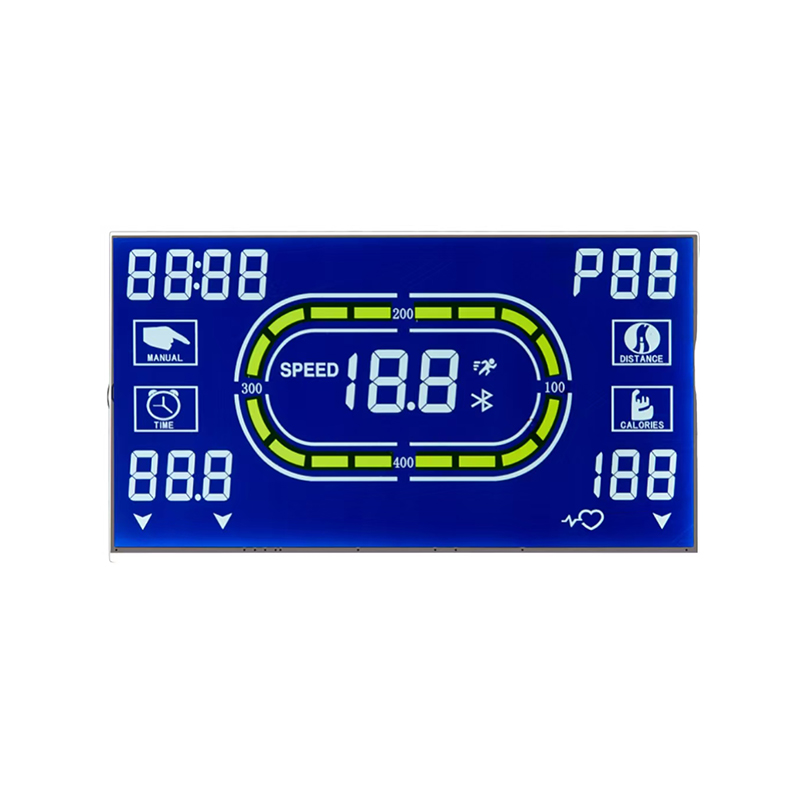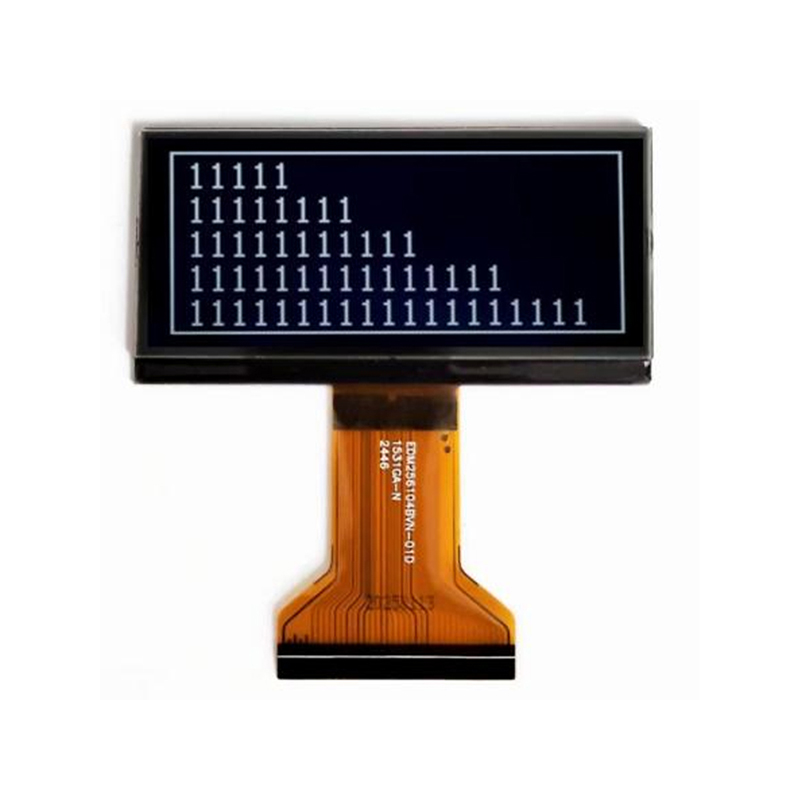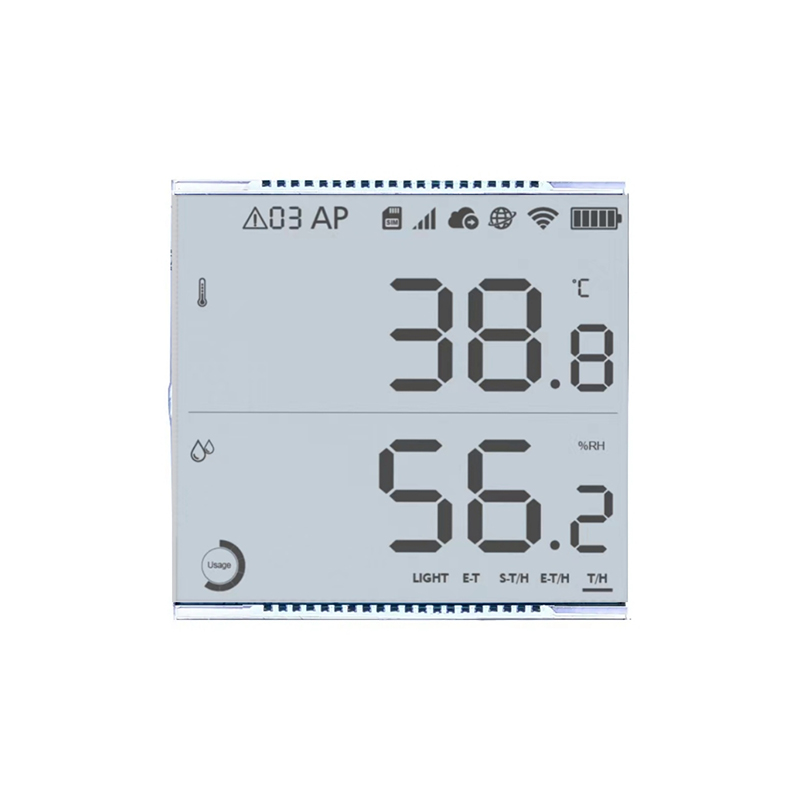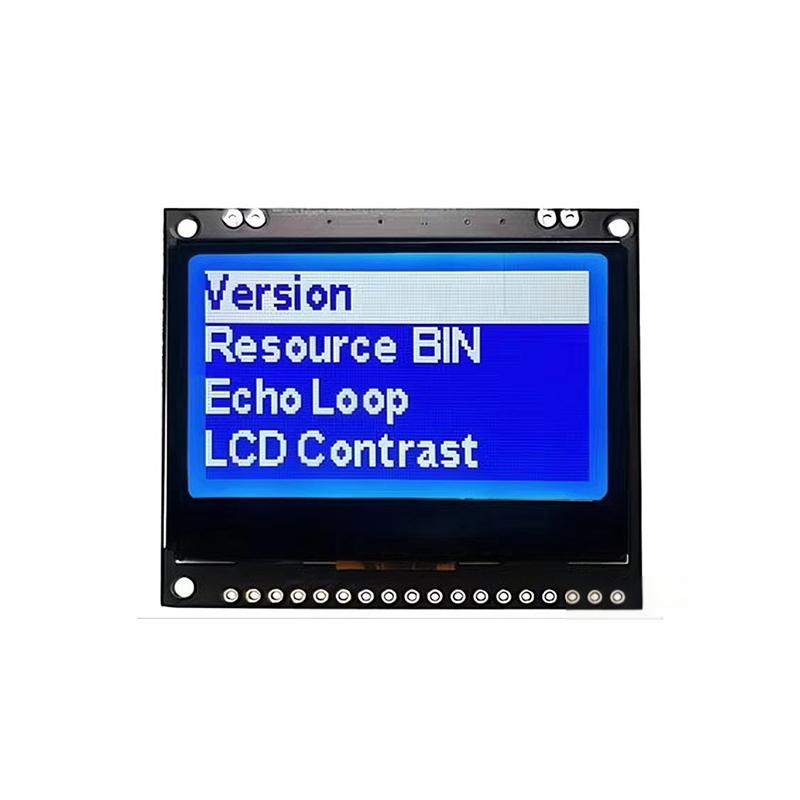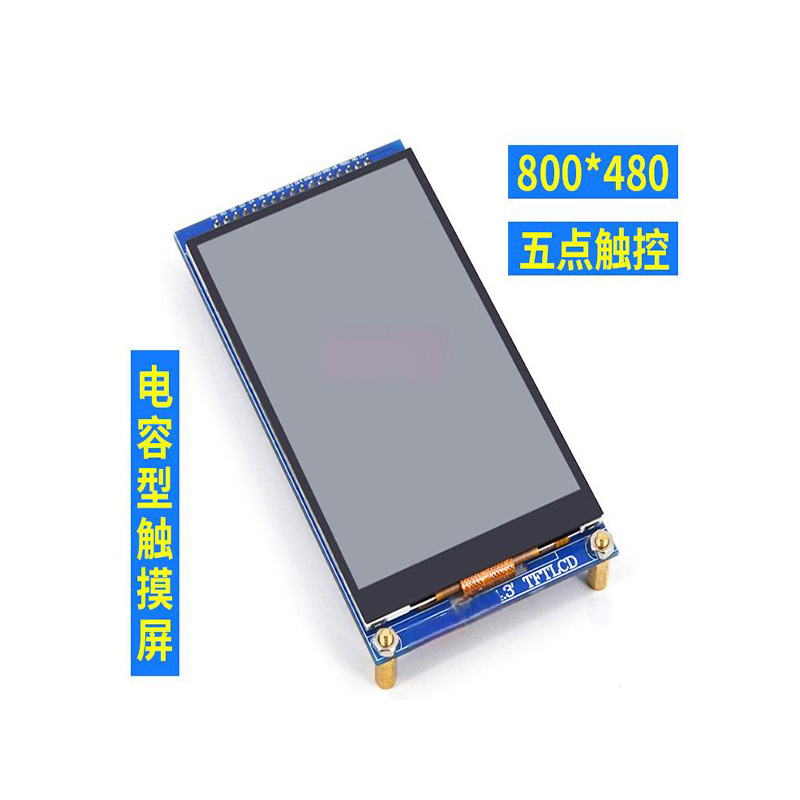
Selecting the right 0.96 OLED display for your Arduino project can seem daunting with the many options available. This comprehensive guide simplifies the process by walking you through the key specifications, considerations, and trusted suppliers. We'll explore what makes a good display, highlight potential challenges, and equip you with the knowledge to make an informed decision.
0.96 OLED displays are popular choices for Arduino projects due to their vibrant colors, high contrast, wide viewing angles, and relatively low power consumption. These displays typically use a small, rectangular form factor, making them suitable for portable or embedded applications. Key features to consider when choosing a display for your project include:
Resolution significantly impacts the clarity and detail displayed on the screen. Higher resolutions, while often more expensive, allow for more detailed graphics and text rendering. Common resolutions for 0.96 OLED displays include 128x64 and 96x64 pixels. Consider the complexity of your application – a simple data display might not require the highest resolution.
Most 0.96 OLED displays utilize I2C or SPI communication protocols. I2C is generally simpler to implement, requiring fewer pins on your Arduino, while SPI offers higher data transfer speeds, potentially beneficial for complex displays or animations. Ensure your chosen display's interface matches your Arduino's capabilities.
OLED displays generally consume less power compared to LCD counterparts, but power consumption can still vary significantly among different models. This is especially important for battery-powered projects. Check the datasheet of your chosen display for detailed power consumption specifications.
Finding a reputable supplier is crucial to ensure you receive a high-quality display that meets your project requirements. Several factors should guide your selection:
Look for suppliers with a track record of providing high-quality products and excellent customer support. Read online reviews and testimonials to gauge the supplier's reliability.
Compare prices from different suppliers, but avoid solely focusing on the cheapest option. Factor in shipping costs, lead times, and the potential cost of returns or replacements.
A reliable supplier will provide comprehensive product documentation, including datasheets, example code, and tutorials. These resources will significantly simplify the integration process into your Arduino project.
Once you've chosen a suitable display and supplier, the integration process is relatively straightforward. Most suppliers offer example code and libraries that simplify the interaction between the Arduino and the display. Remember to consult the datasheet provided by the supplier and to verify the pin connections.
| Supplier | Price Range | Shipping | Support |
|---|---|---|---|
| Supplier A | $5-$10 | Fast | Good |
| Supplier B | $7-$12 | Standard | Average |
| Dalian Eastern Display Co., Ltd. | (Check Website) | (Check Website) | (Check Website) |
Note: This is a simplified comparison. Always thoroughly research potential suppliers before making a purchase.
By carefully considering these factors and utilizing the resources provided, you can successfully integrate a 0.96 OLED display into your next Arduino project. Remember to always consult the specific datasheets and documentation for your chosen display and supplier.

